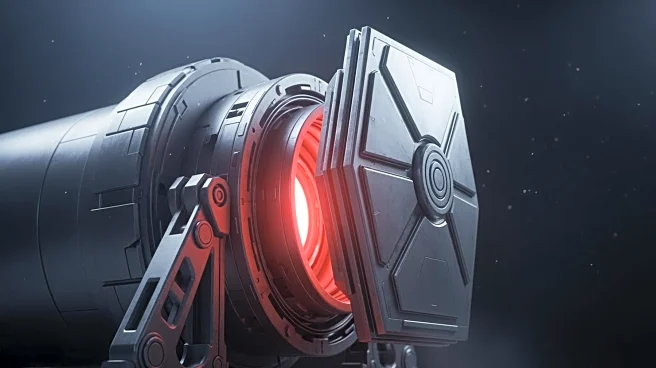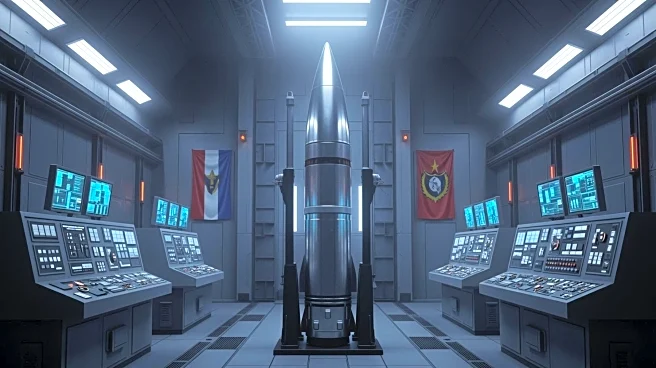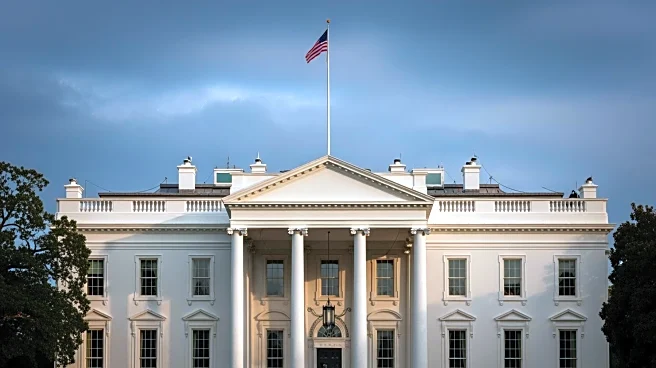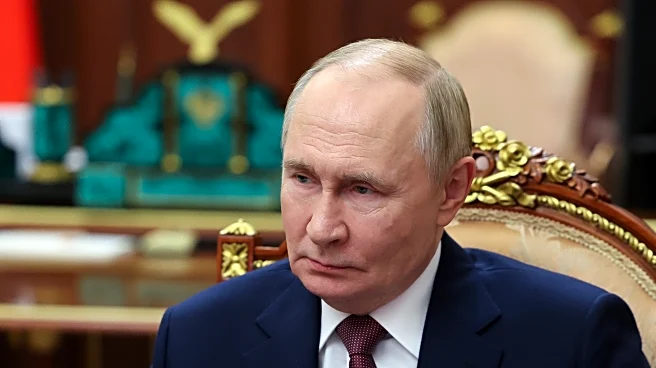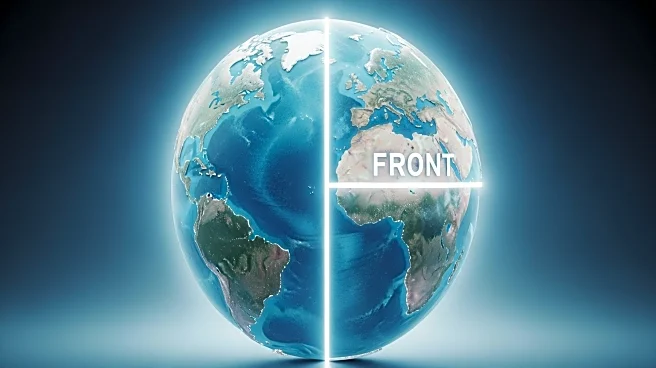What's Happening?
Russian President Vladimir Putin conducted a major nuclear exercise, launching intercontinental ballistic missiles (ICBMs) and cruise missiles. The drill involved Russia's full nuclear triad, including
land-based, sea-based, and airborne assets. This exercise follows the cancellation of a planned summit between President Trump and Putin, intended to discuss the ongoing conflict in Ukraine. The Kremlin stated that the exercise tested military preparedness and operational control, completing all tasks successfully.
Why It's Important?
The nuclear drill underscores the heightened tensions between Russia and Western nations, particularly in the context of the Ukraine conflict. It serves as a demonstration of Russia's military capabilities and readiness, potentially influencing geopolitical dynamics and negotiations. The cancellation of the Trump-Putin summit further complicates diplomatic efforts to resolve the conflict, with Russia reiterating its peace terms, including Ukraine ceding the Donbas region.
What's Next?
The continuation of military exercises by Russia and NATO suggests ongoing strategic posturing, with potential implications for international security and diplomatic relations. The lack of immediate plans for a Trump-Putin meeting indicates a stalemate in negotiations, with both sides holding firm on their positions. Future developments may hinge on changes in political leadership or shifts in military strategy.
Beyond the Headlines
The nuclear drill highlights the risks associated with military escalation and the potential for miscommunication or miscalculation in high-stakes geopolitical contexts. It also raises questions about the effectiveness of diplomatic channels and the role of international organizations in mediating conflicts.
